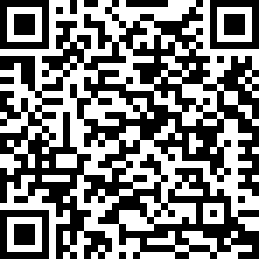Lesson Plans Provided by Steam'n | Print

Translations, Rotations and Reflections, Oh My!
Break out some paint and create some fun examples of translations, rotations and reflections.
Age Level:7-1011-13
Lesson Type:
Guided Inquiry
Relevant Standard:
PA 2.9.5.B. Predict and describe the result of a translation (slide), rotation (turn), or reflection (flip) of a 2- dimensional shape.
Objective:
The students will manipulate translations, rotation and reflection by stamping vegetables on pre-made worksheets.
Materials:
1) Translation Worksheet
2) Rotation Worksheet
3) Reflection Worksheet
1) Fruits and Vegetables cut into halves
2) Carrots cut short and long
3) Pear Halves
4) Washable Paint
5) Small Plastic Mirrors
Learning Activities:
Translation Worksheet:
Have each student select a fruit or vegetable slice and ask them to stamp the translation worksheet one time at point A.
Ask the students to then draw in arms and legs on their stamped paper.
Have the students stamp the sheet two more times at any other points along the line.
Ask them to draw in arms and legs to complete the picture to show the character running off the page.
Explain to students that they have just created an example of a slide or a translation.
Rotation Worksheet:
Have each student select a short carrot slide and ask them to stamp the rotation worksheet one time with the wide end at Point A and the narrow end at 12 o’clock.
Ask the students to re-stamp the worksheet by rotating the short carrot slice to the 3 o’clock position.
Repeat this with the long carrot slice by first asking them to stamp the worksheet at the 9 o’clock position.
Then have the students re-stamp the worksheet by rotating the short carrot slice counter-clockwise to the 6 o’clock position.
Ask students if they can read the times on the clock face.
Explain to students that they have just created an example of a turn or a rotation.
Reflection Worksheet:
Have each student select a pear half and ask them to stamp the reflection worksheet one time with the wide end of the pear at point A so the bottom of the pear is facing the bottom of the paper.
Ask students to place a plastic mirror on the edge of the dotted line.
Can they see the reflection of the stamped pear?
Have students re-stamp the worksheet by flipping the pear so the bottom is now facing the top of the paper.
Students should see that the stamp is the same image that they saw when they looked in the mirror.
Explain to students that they have just created an example of a flip or a reflection.
Opener:
On the board write the words Translation (slide), Rotation (turn) and Reflection (flip). Introduce these words to students and let them know that by using nutritious fruits and vegetables they will be creating geometric designs.
Closer:
On a plain sheet of paper, allow students to create their own geometric design using the fruits and vegetable stamps. Have students label their design as a Translation, Rotation or Reflection.
Have a discussion with students about the nutrient value of the vegetables and fruits they used in the lesson.